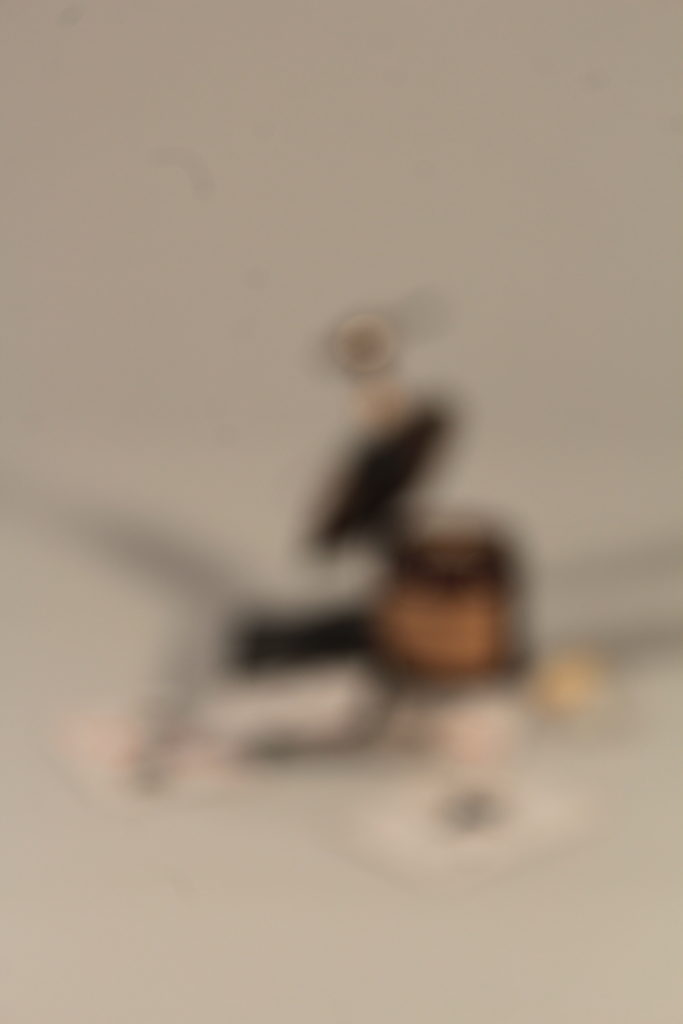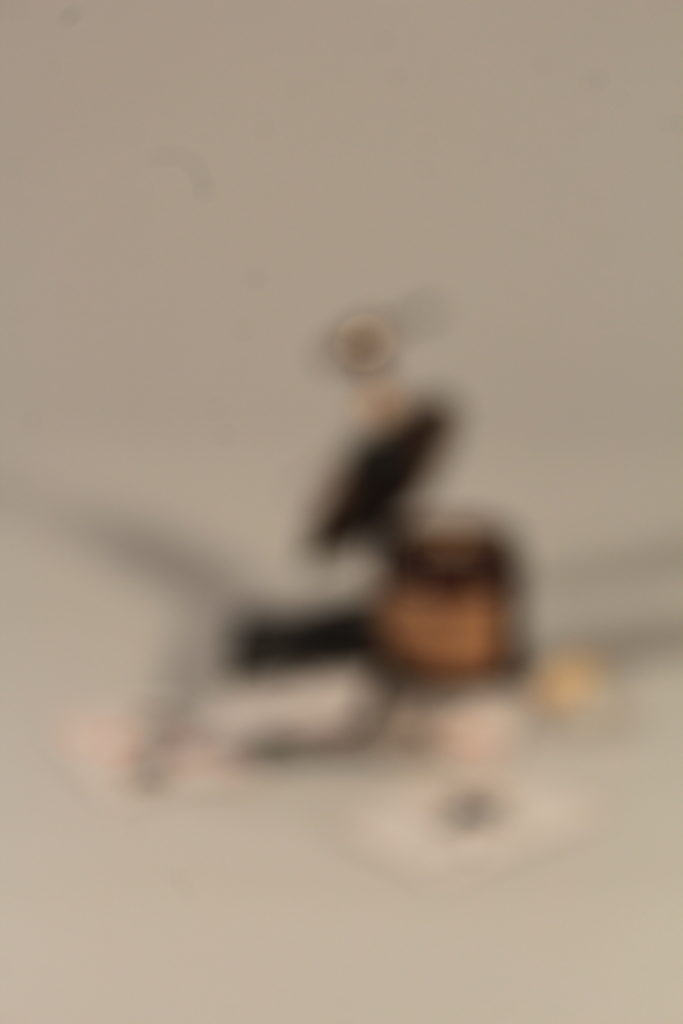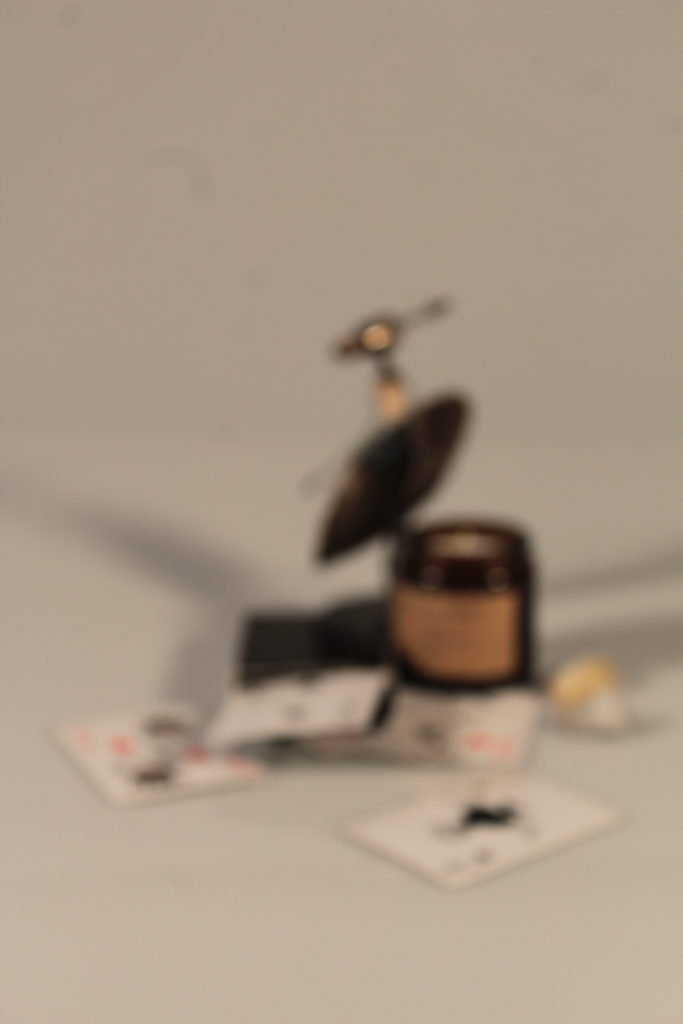Aperture is used to control the exposure (how much light is let in the camera) of an image. It controls the exposure by expanding and shrinking. The larger the hole, the more light is let in, meaning the image will have a small depth of field and be blurry. However, the smaller the hole, the less light is let in – resulting in a large depth of field and a sharp in focus image.
When using aperture it can be confusing because a small aperture actually means the aperture hole is wide, and vice versa for a large aperture. A large aperture means the aperture hole is narrow. This can be seen on the image below.

Images taken with a wide aperture:

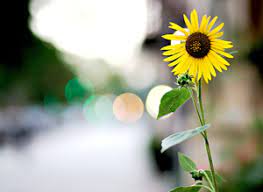
Images taken with a narrow aperture:
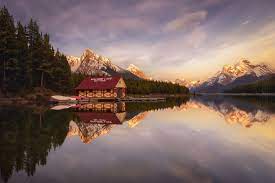

My photos taken with different apertures:

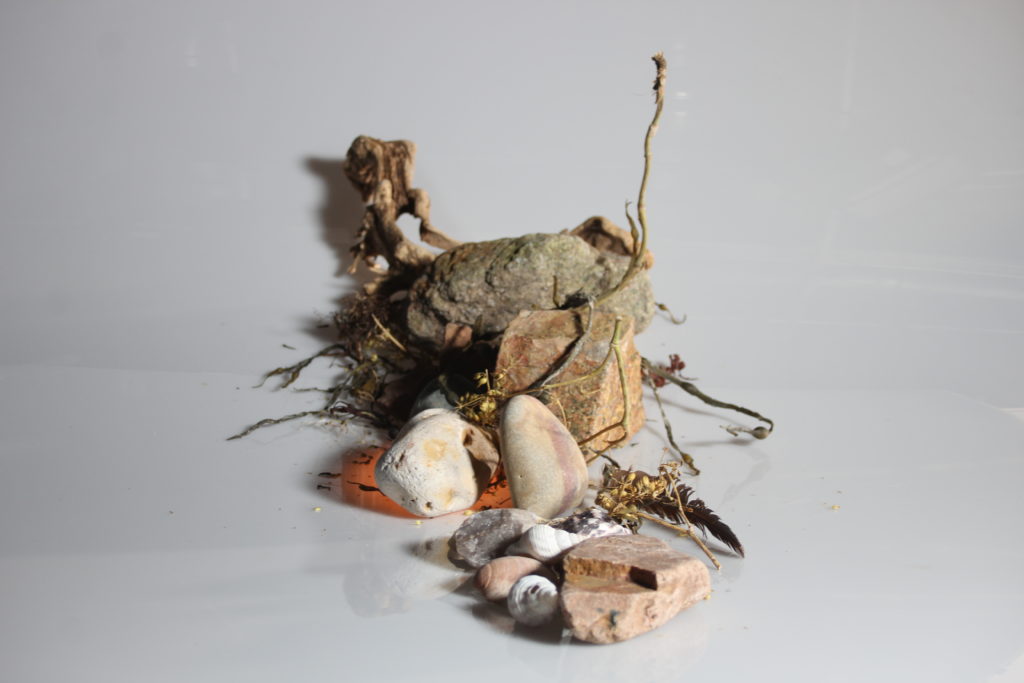
When comparing these images as you can see how the aperture can affect how in focus the image is. The image on the left is all out of focus and blurry suggesting the image was take with a aperture of around f2.8. The middle image is also blurred and out of focus but less than the first image this suggests that the image was taken with a small aperture around f4. The final image is the one which is most in focus but was still taken with a small aperture of f5.6.

